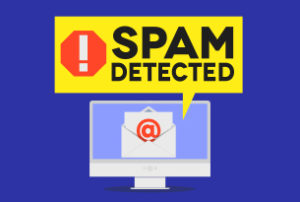How often do you read a blog post that was just not relevant? Or from the blog writer’s perspective, how do you make sure that your content is relevant, makes a difference, and achieves its objectives?
At a high level, there are three key steps that need to take place:
- Define the audience. Who are they demographically, psychographically, and geographically? What do they care about? What are their day-to-day challenges, and what are their longer term goals? What is preventing them from achieving them?
- Define the goal of the content. From your perspective, what are you hoping to achieve? Is it to generate awareness or to credentialize? Is it to start a single conversation, or build a community? Is it to induce trial, or generate a transaction?
- Write the content. This is tough.
Assuming that the first two are addressed, finding inspiration for the underlying content shouldn’t be tough. The secret is to work at the intersection of two ideas. Consider:
- At the intersection of a daily news item and your product/service: People who are interested in a particular trending news story may also be interested in the connection to your product/service. Downside: the window of interest for older news is small: your post might not have a long tail of readership.
Example: Reflections on Steve Jobs and the impact of Apple - At the intersection of the date, time of year or special event, and your product/service: Back to school, Christmas holidays, Thanksgiving, Election date, etc. Downside: Once that date has passed, the post may not be relevant. (Until the next year, that is.)
Example: Not back to school – Lessons for every student - At the intersection of research and your product/service: Government statistics, Market research reports, Corporate surveys. Downside: this approach requires you to be constantly scanning for this information. Consider using Google Alerts and Hootsuite to surface relevant research.
Example: Social Media Measurement - At the intersection of another product/service and your own: Complementary products, Substitute products, Precursor products (those used before your product), Postcursor products. Downside: People may associate your product or service with the other product, for better or worse; more intensive monitoring is required.
Example: Twitter Strategy, Take Three
The key to being relevant, however, can be found at these two powerful content intersections:
- At the intersection of their interests and your product/service’s capabilities. Your answers to the questions in the first step – define the audience – should offer a rich menu of ideas.
Example: Avoiding costly web development projects: Four key reasons developers cut corners - At the intersection of their interests and your marketing goals. For inspiration, look to the answers in the first two steps. While this goal should underlie every piece of content created, an indirect route will sometimes build trust faster than a more direct marketing call-to-action.
Example: Ten Tests: Can Your Website Live Through One More Year?
This week’s action plan: Experiment with the intersection concept on your next blog post or other content. Not only will you be more relevant for your audience, but you will also help to grow it.
More ideas on creating content: Blog Content Creation: Idea seeding, 16 Blog topic ideas, 17 ways to great social engagement, Blog Intentions.











